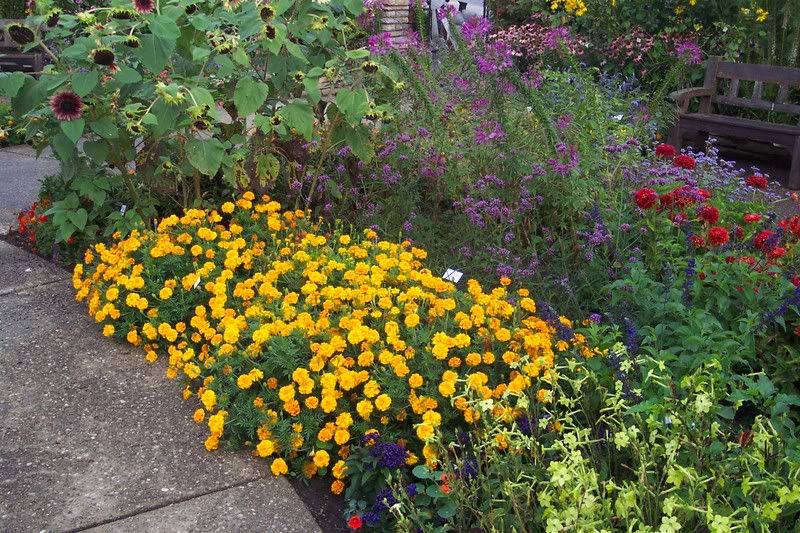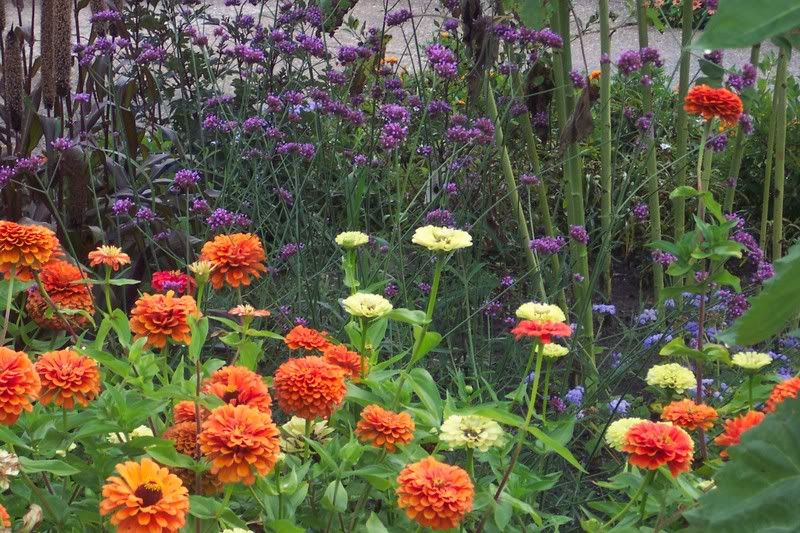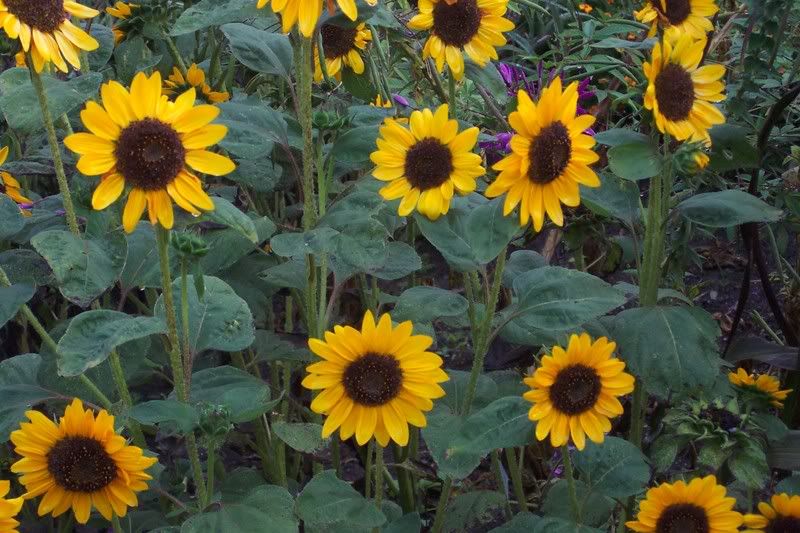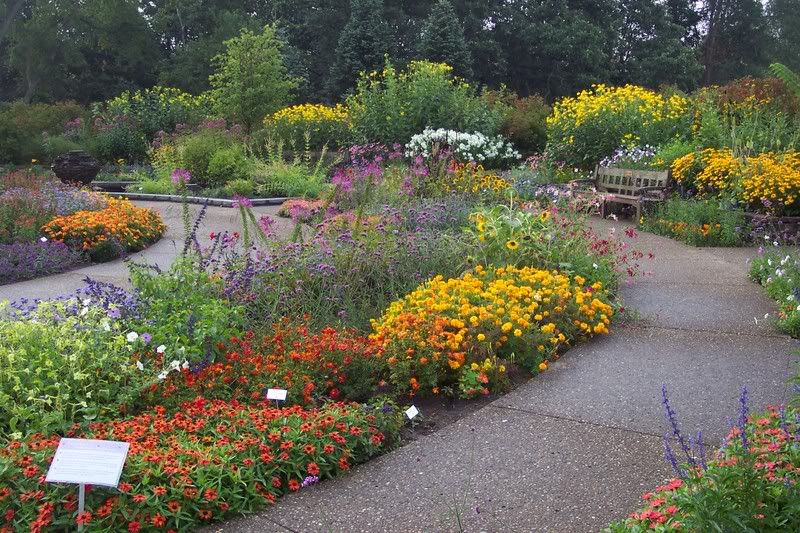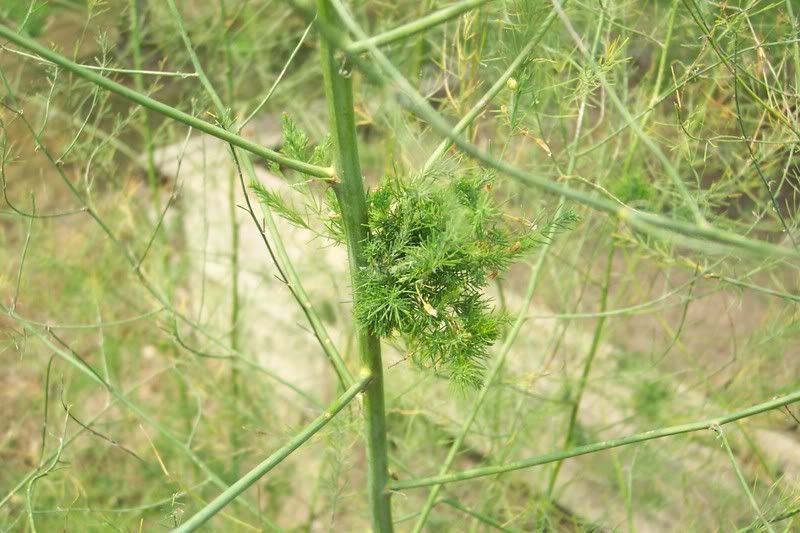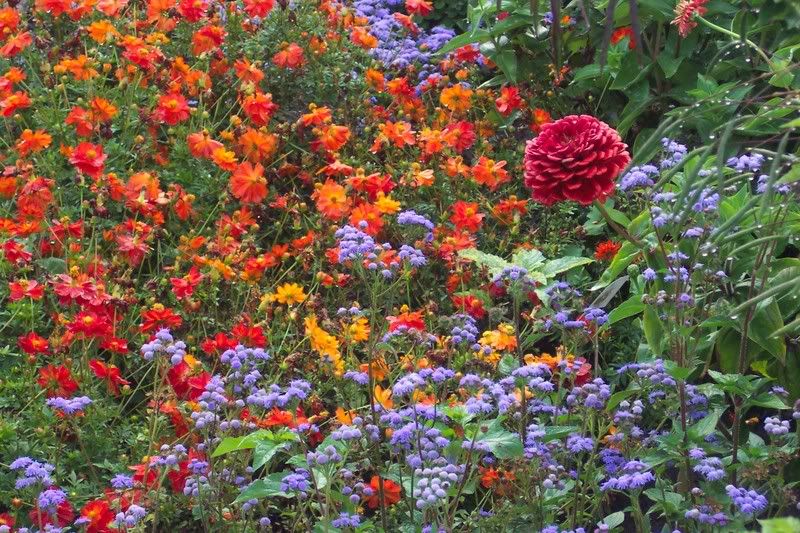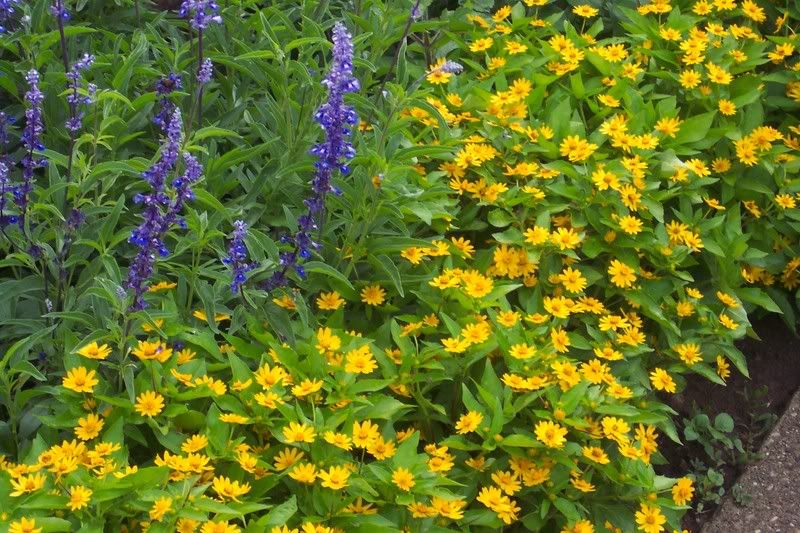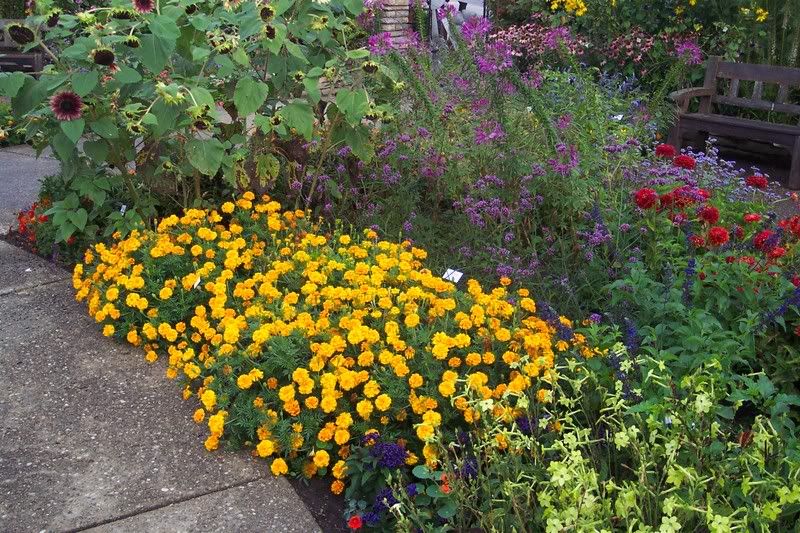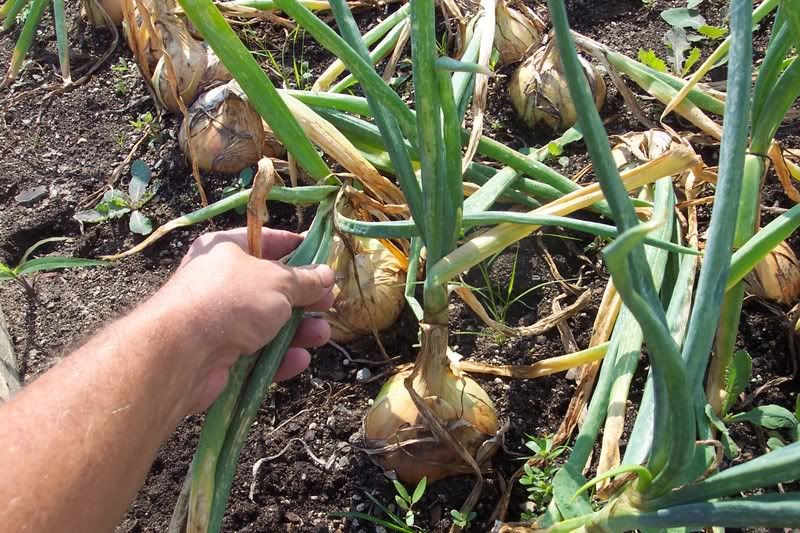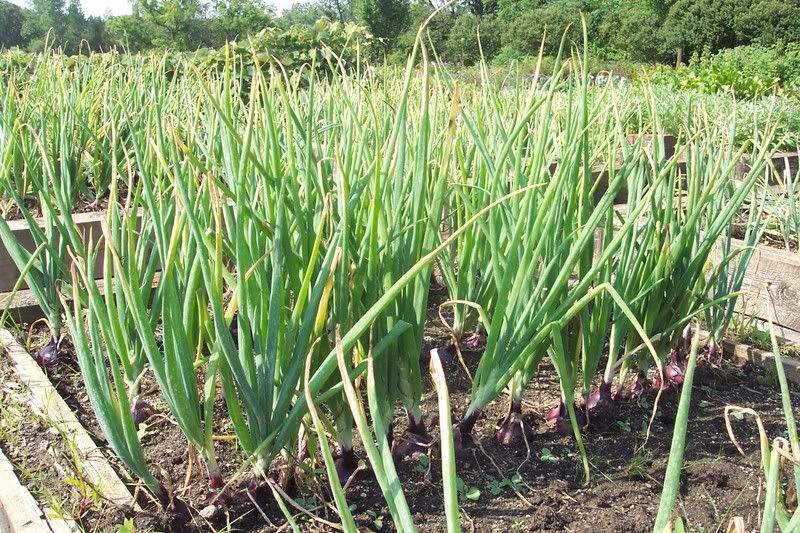Here we are in late summer, most of the flowers of the season have faded. That means the honey bees have to work harder for their nectar.
I was watering the outdoor potted plants this afternoon and noticed the bees “working” the flowers of our Leonotis (Staircase Plant). Usually I don’t see any bees on this plant but today was different.
The honey bees were seaching for nectar. Some were flying franticaly from flower to flower, while others were spending some time at each blossom.
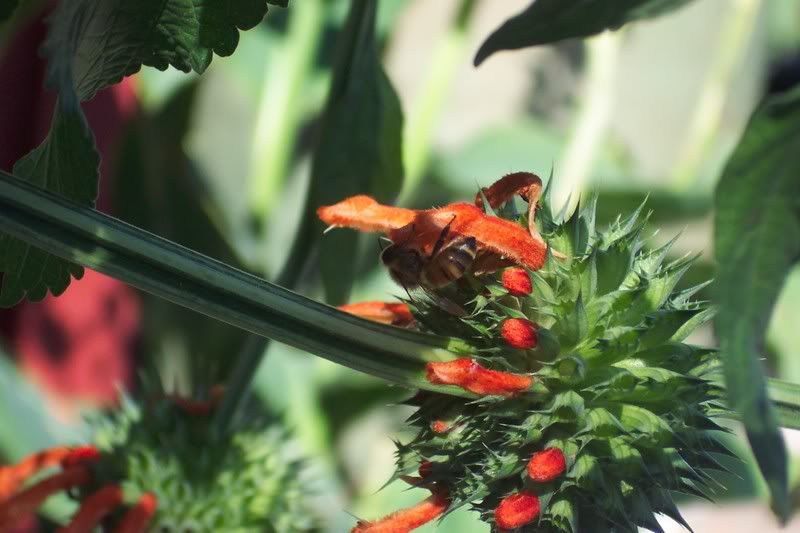
Looking closer, I noticed that the “frustrated” bees (the ones flying from flower to flower) were trying to get nectar from the tip of the elongated flowers. (Please excuse the out of focus shot, it’s pretty hard to convince a bee to stay still for a picture)
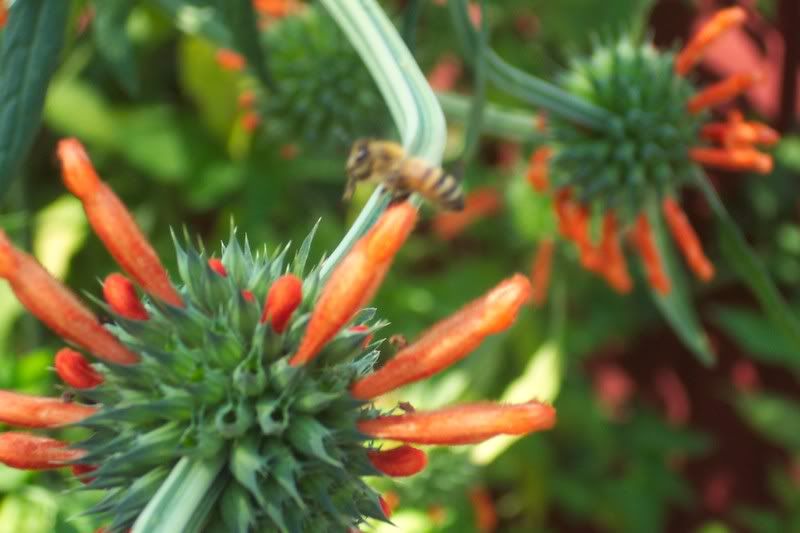
While those working calmly and deliberately were gathering nectar from the base of the flower.
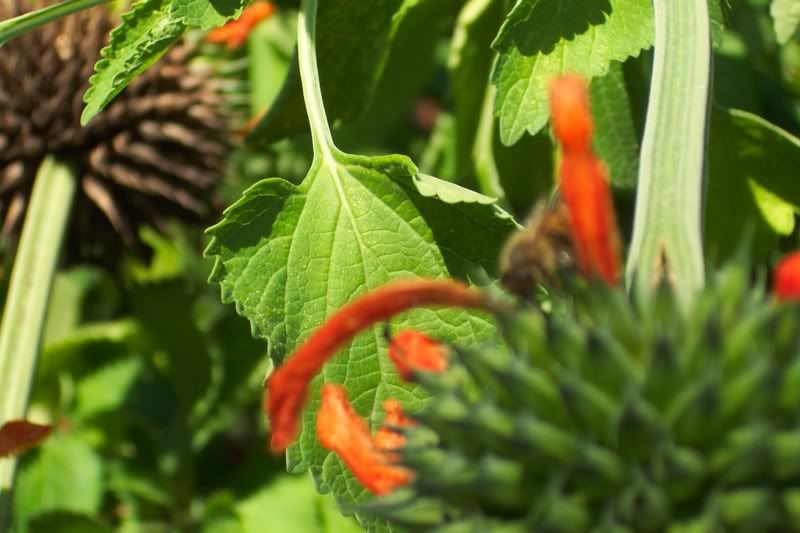
Looking closer at the flower, I discovered that the petals of a Leonotis flower are wrapped in such a way that it forms a funnel shape.
If a honey bee tries to get nectar from the tip, it finds that it can’t reach the base of the flower where the nectar is stored. The flower is too long for the bee to stretch her tongue that far.
A smart bee learns that where the flower petals overlap, a small crack is formed at the seam near the base of the flower. This is where she inserts her tongue and is able to easily gather the nectar.
This was a very intriguing display of honey bee behavior. I could have watched it for hours, but I was running out of time and had much more watering to do.
So, I just continued on with my work and let the bees carry on with theirs.
Bob
 In In the centers of the beds, in the annual garden that I take care of, are the taller flowers. Cleome ‘Violet Queen’ is 4 feet tall, with a cluster of pure, purple, funnel shaped flowers. It starts blooming early and continues to bloom as it gets taller. It has little thorns on it so I like to keep it away from the outer edges of beds so people don’t accidentally get scratched.
In In the centers of the beds, in the annual garden that I take care of, are the taller flowers. Cleome ‘Violet Queen’ is 4 feet tall, with a cluster of pure, purple, funnel shaped flowers. It starts blooming early and continues to bloom as it gets taller. It has little thorns on it so I like to keep it away from the outer edges of beds so people don’t accidentally get scratched. 